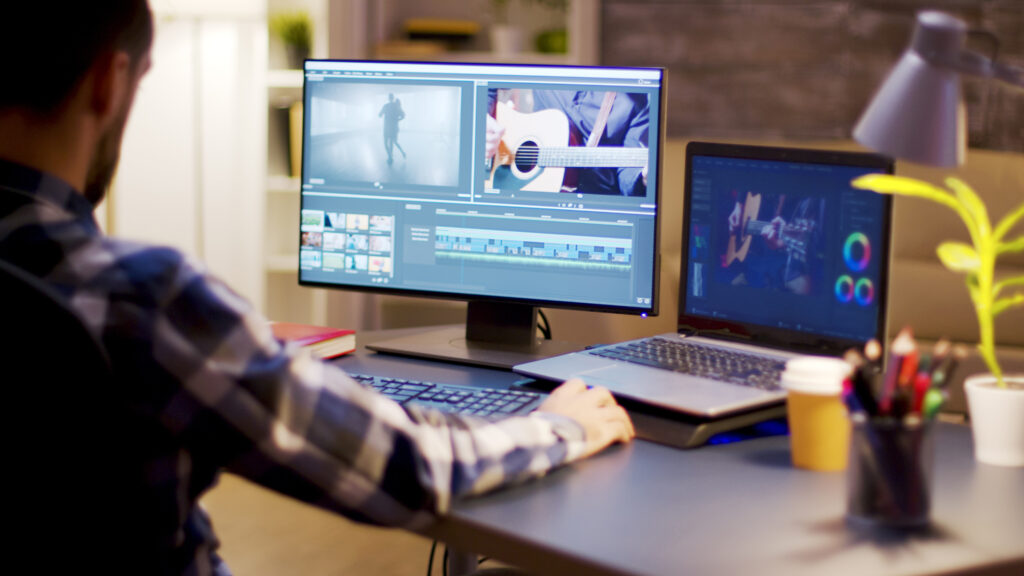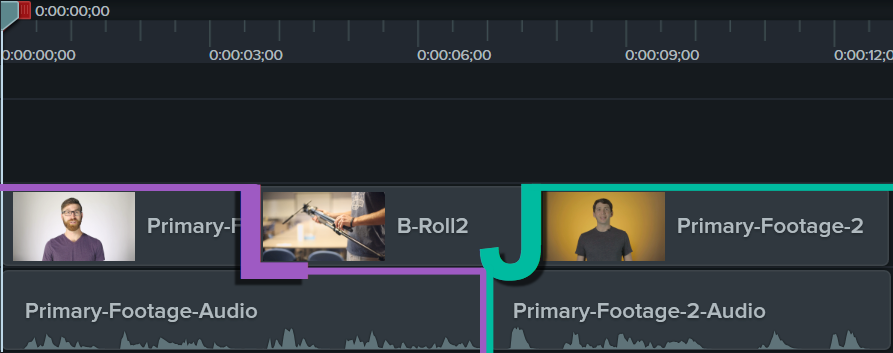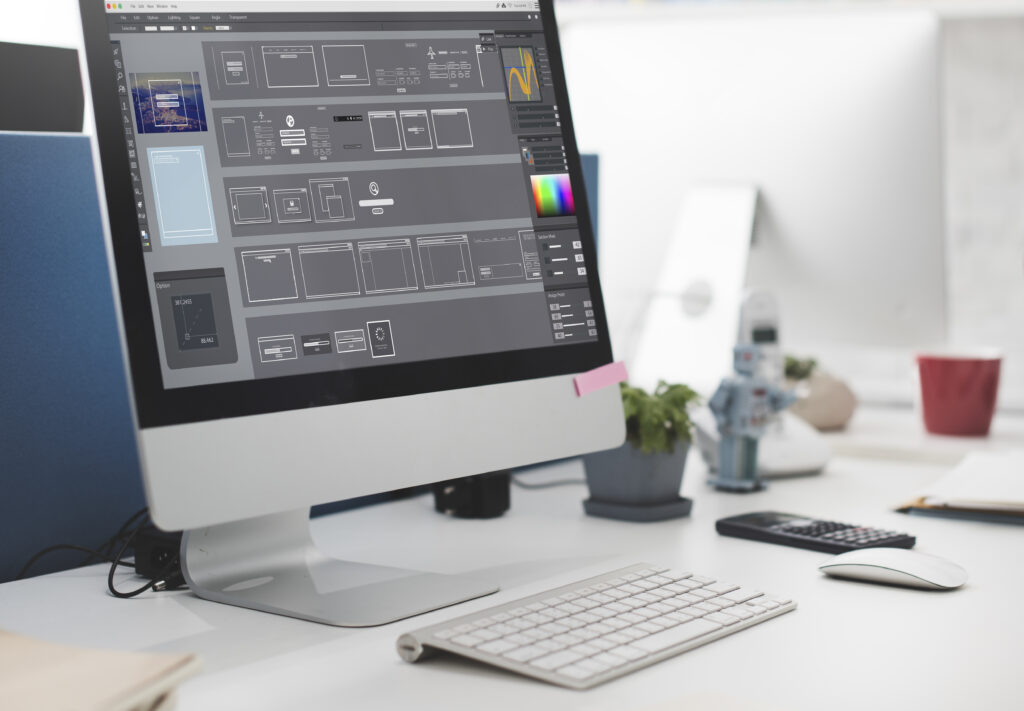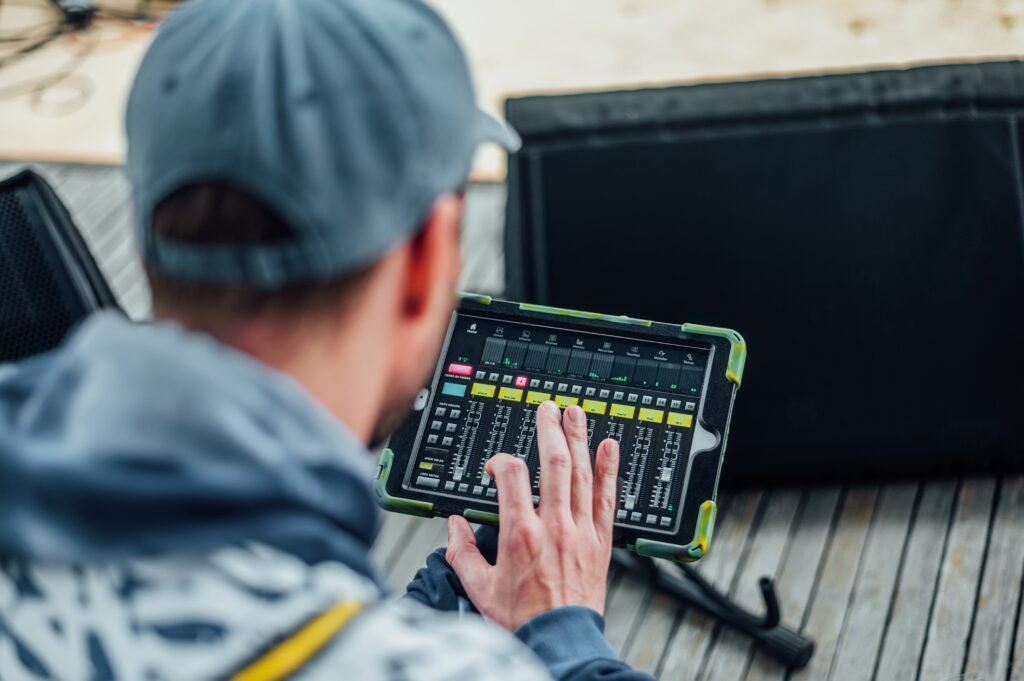Video editing is often likened to a form of unseen art. It’s what transforms hours of raw footage into engaging content that keeps viewers hooked from start to finish. As we advance further into the digital age, the importance of polished, professional editing can’t be overstated. Especially with the rise of short-form content on platforms such as Instagram, TikTok, and YouTube, mastering the art of video editing has become more critical than ever.
The editing process goes beyond simply trimming and ordering clips. It’s a complex operation that requires technical knowledge, creative insight, and a keen eye for detail. From establishing the video’s tone and pace to crafting smooth transitions and integrating sound, video editing is what breathes life into a director’s vision. In this blog post, we aim to unravel the complexities of this critical post-production process, introducing you to some essential video editing techniques that can help your content stand out in today’s crowded digital landscape.

Understand the Basics
Before plunging into the world of advanced video editing techniques, it’s vital to grasp the basics. This foundational knowledge forms the building blocks of all subsequent editing tasks and will guide you throughout your editing journey.
Familiarizing yourself with your chosen editing software is the first step. Whether it’s Adobe Premiere Pro, Final Cut Pro, or DaVinci Resolve, each software has its unique interface and features. Spend time learning the ins and outs of the software, exploring its capabilities, and understanding how it can aid your editing process.
Next, comprehend the basics of cutting and trimming footage. These are perhaps the most used functions in any video editor’s toolbox. Cutting allows you to extract important pieces from your raw footage, while trimming helps remove unnecessary or unwanted parts. In mastering these simple actions, you will be well-equipped to shape your narrative effectively.
Moreover, understanding the role of transitions in video editing is crucial. Transitions guide the viewer’s attention from one scene to the next and can profoundly impact the video’s pacing and mood. Additionally, adding text and effects, when done tastefully, can enhance your story’s clarity and aesthetic appeal.
While these concepts might seem straightforward, they are the pillars of video editing. Mastering these elements will pave the way for more advanced editing techniques, ultimately helping you create high-quality videos that resonate with your audience.

Jump Cut
The jump cut is a widely used technique in modern-day video editing, especially in fast-paced genres like vlogs and tutorials. Here, sequential shots of the same subject are taken from marginally different angles and then rapidly alternated in the final cut. This generates an effect of the subject “jumping” around the screen.
Jump cuts are an excellent tool for maintaining momentum in a video. They can quickly convey numerous actions or emotions, bypassing the need for real-time footage. In the world of short-form content, where capturing viewers’ attention in the shortest time is essential, jump cuts are a valuable asset.
However, it’s essential to strike a balance when using this technique. Overuse can disorient the viewer and disrupt the narrative flow. Knowing when and how to implement a jump cut can make the difference between a video that appears disjointed and one that exudes dynamism and energy.

J and L Cuts
While visually appealing edits are a fundamental part of video editing, it’s important not to underestimate the power of sound. J and L cuts are popular techniques that leverage audio to create smooth transitions between scenes.
J and L cuts derive their names from the shapes they make on an editing timeline. In a J cut, the audio from a clip continues to play over the visual from the next clip, while in an L cut, the audio from the next clip begins over the current clip’s visual. By overlapping the audio and visual from two different clips, these cuts allow for a more fluid narrative progression, reducing the abruptness of switching scenes.
Both J and L cuts are useful tools for maintaining continuity and preserving the narrative flow in your video. By transitioning the audio before or after the visual, these cuts guide the viewer’s attention and create a seamless viewing experience. They allow the story to move forward in a more connected, coherent manner, increasing audience engagement and enhancing the overall quality of your video.

Cutting on Action
Cutting on action, also known as match cut, is a technique where the editor cuts from one shot to another while the subject is still in motion. This serves to bridge the gap between the two shots, as the viewer’s eye naturally follows the action, making the transition less noticeable.
Cutting on action is often used to maintain continuity, especially in action-packed sequences. It can also be used to switch between different perspectives of the same scene, providing a more dynamic and engaging viewing experience.
By cutting on a particular action or motion, you can guide the viewer’s attention and create a sense of progression. This technique is particularly useful in sequences where you want to maintain a high level of energy and keep your audience engrossed.

Montage
The montage is a powerful storytelling tool and an essential technique in any video editor’s arsenal. It involves piecing together a series of short clips or sequences to create a condensed overview of a particular theme or narrative.
Montages can be used to portray a range of concepts – the passage of time, a character’s development, or even the progression of a story. By compiling various clips, you can communicate complex ideas or events in a short span, providing viewers with a broad understanding of the narrative.
Montages can also evoke strong emotions in viewers. By carefully selecting and ordering your clips, you can manipulate the mood and atmosphere, thereby influencing how your audience perceives the narrative. With effective use of music and transitions, a well-crafted montage can significantly enhance your video’s emotional impact.

Color Grading
Color grading is an advanced video editing technique that involves altering and enhancing the color of a motion picture, video, or still image. It’s an integral part of post-production and significantly contributes to the final product’s look and feel.
Color grading can be used to set the mood of a scene, draw attention to specific elements, or establish a visual theme for the entire video. It can drastically transform raw footage, turning it from dull and uninspiring to vibrant and engaging.
With the advent of digital technology, color grading has become accessible to video editors at all levels. With numerous software and plug-ins available today, you can experiment with different looks and styles, creating a unique visual aesthetic that enhances your narrative.

Sound Editing
Sound editing is often overlooked in the video editing process, but it is just as important as visual editing. Good sound editing can enhance the viewing experience and help convey your story more effectively.
Sound editing involves several elements – selecting the right background music, incorporating relevant sound effects, editing dialogue or voice-over, and ensuring all these elements are balanced and mixed correctly. Each sound element plays a vital role in the overall video and must be carefully considered during the editing process.
Background music can set the tone of a scene, influencing the viewer’s emotional response. Sound effects can add realism to a scene or emphasize important actions. Dialogue or voice-over, when edited well, can guide the narrative and maintain audience engagement.
Sound editing might seem daunting, especially for beginner editors, but it’s an invaluable skill that can greatly elevate the quality of your videos.

Conclusion
Mastering the art of video editing is a journey. It takes time, patience, and practice to understand the various techniques and how they can be employed to tell a story effectively. However, with a solid grasp of the basics and a willingness to explore more advanced techniques, you can craft videos that captivate audiences and leave a lasting impact.
Remember, every video you edit is an opportunity to learn and grow as an editor. Don’t be afraid to experiment with different techniques and styles. As you continue to hone your editing skills, you’ll find your unique voice and style that will set your videos apart in the digital content landscape.






